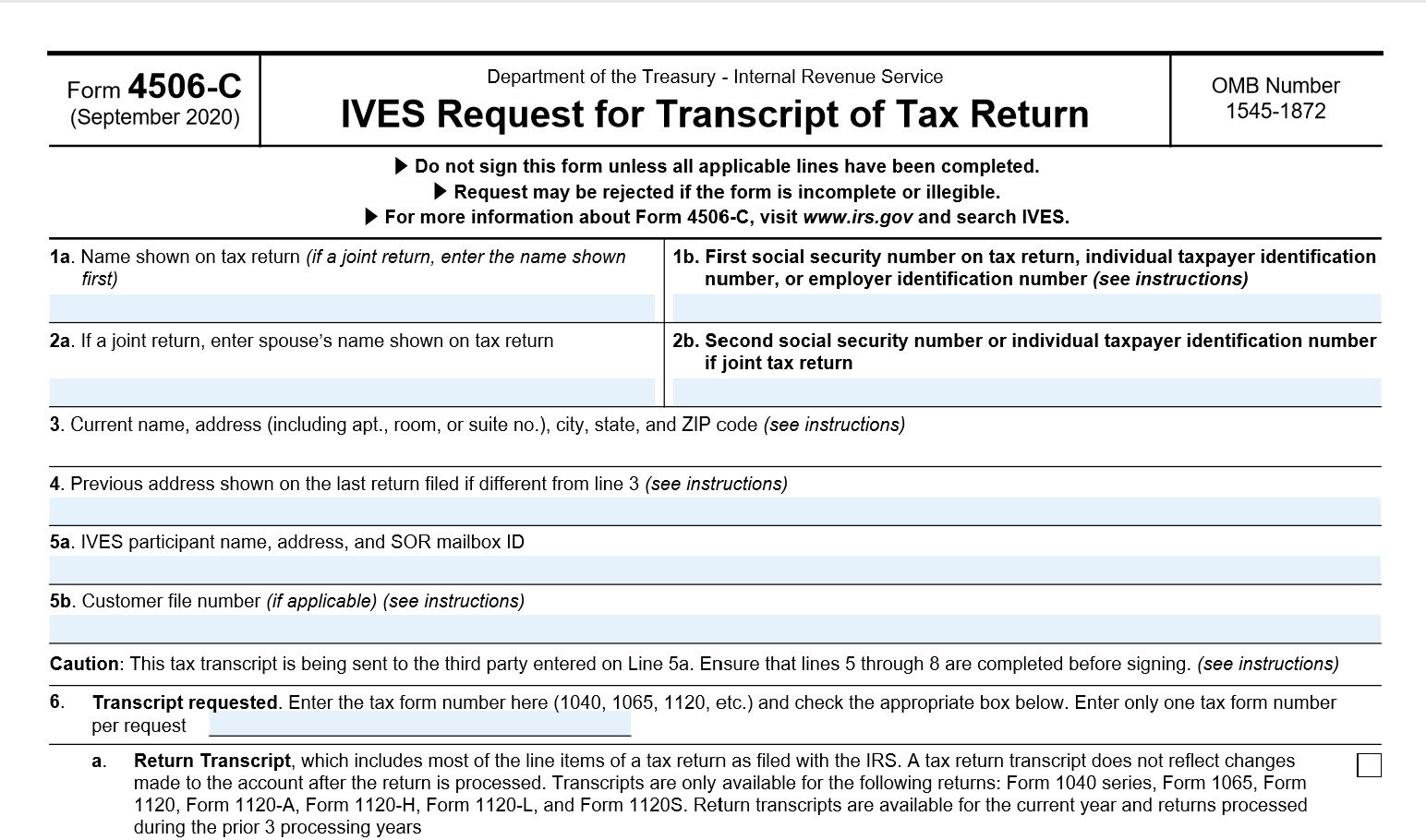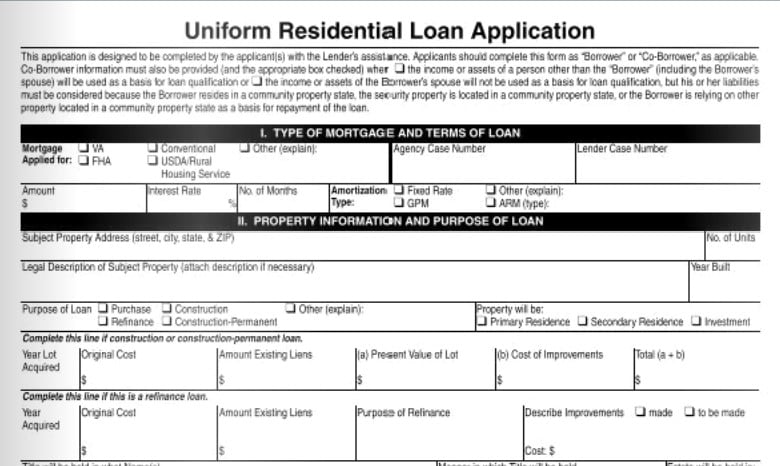Stay Ahead of Regulatory Changes
 Efficient technology can avert delays as disclosure rules change
Efficient technology can avert delays as disclosure rules change
Following the housing crisis, disclosure issues have been brought to the forefront and tackled by regulatory changes. As a result, mortgage professionals have been adjusting their procedures to ensure that their businesses comply with current requirements. With more disclosure changes in the pipeline, now is the time for mortgage originators and lenders to review if their technology is adequate to deal with potential changes.
This past November, the Consumer Financial Protection Bureau (CFPB) closed the comment period on a proposal that introduces an integrated disclosure rule to replace disclosure forms currently required by the Truth in Lending Act and the Real Estate Settlement Procedures Act (RESPA). It’s not clear when the final rule will be published, but there are expectations that it will be this year.
When these changes take effect, mortgage professionals should ensure that they have the proper technology in place to comply with new disclosure requirements. If the new rule goes into effect as it is written today, many changes will take place, and most significant will be the three-business-day closing-disclosure rule. This rule requires lenders to disclose the final closing cost through a new closing- disclosure form at least three business days before borrowers close on the loan.
Many in the industry are wary of the potential closing delays associated with the implementation of this new rule. Regardless of whether or not these concerns are warranted, mortgage professionals must focus on how to comply in a manner that benefits consumers — without unduly disrupting the normal flow of businesses.
Disclosure changes
Mortgage professionals who have been in the industry for more than a few years likely remember the impact that previous changes to disclosure rules had on the mortgage business. Although the industry knew the changes were coming, many still waited until the last minute to embrace new technologies and processes, and to conduct staff training. Whenever the normal flow of business is disrupted by a substantial regulatory change, mortgage companies that don’t investigate the impact of the changes fully struggle to adapt.
This time around, the primary difference is that the change in how disclosures are made to borrowers is happening on the back end, just before sending the deal for closing. This adds a level of complication that makes it critical to get the numbers right on the closing disclosure. Any mistake or material change in the numbers means the lender will have to provide a new form with the closing costs and allow the borrower another three business days to review it.
When the lender rediscloses, it has to be clear to the borrower what has changed. In such a case, the lender should ensure that any change in circumstance is fully documented. These changes could be in the loan program or pricing, closing costs, escrows, or any other change that has gone through either the lender’s or the closing agent’s systems since the time the lender sent out the upfront initial disclosures. This information then is used to create a new form that is disclosed to remain in compliance.
Currently, if the settlement statement — the U.S. Department of Housing and Urban Development (HUD)-1 — issued at the time of closing varies by more than the permitted tolerances from the good-faith estimate provided by the lender shortly after the initial application, the lender would have to redisclose. The present scenario doesn’t delay closing, and there is no requirement that the lender provide this information in a specified period before closing.
If this situation changes, the new disclosure may be difficult to do in a paper-based transaction. To comply and to control the costs involved in the loan from upfront disclosures to closing, any loan-origination system (LOS) must be equipped to handle this change. The technology exists, but originators and lenders will have to ensure that it’s built into their LOS in time to comply.
Technological help
The key to complying with the new three-business-day rule lies in the ability of an LOS to track the data and the documents required to close all the way through to closing. This should not be difficult for any LOS provider that already has integrated a document- preparation service into its platform.
If the LOS is set up to generate the documents required for upfront disclosure and closing, the system already is tracking all of the changes that occur in loan processing. Because any change to the deal could throw it out of compliance or render it unacceptable to an investor, background compliance checks should be running throughout the process. In these cases, any change that impacts the closing disclosure auto-matically would trigger a new disclosure and, if necessary, signal the closing company to reschedule the close.
Of course, delaying the closing is not an ideal situation. If lenders reschedule a loan closing multiple times, this won’t be appreciated by borrowers, especially those who expect to close on a home sale and then immediately afterward close on a new purchase. It may be difficult to explain to unsatisfied borrowers that closing is delayed because of government regulations enacted for their protection. This scenario simply can hurt lenders and the industry as a whole.
With this potential complication in mind, it is better to have the LOS and the document-preparation system working in tandem to track every milestone required for complete compliance — up to, and including, a final check just before the closing disclosure is made. In addition, the same system should be used for upfront disclosures and the preclosing disclosure to ensure that the system can track exactly where all the changes have been made. Then if the lender rediscloses, the borrower can get the required information, and the loan can move on to the closing table on schedule.
Systems that allow loan originators to create their own upfront disclosures involve a major risk. A few LOS providers have offered this functionality, and it worked well in the past. Under the proposed rules, however, it is risky to create the preclosing disclosure without being fully aware of what was disclosed within the first three days. This is a case where a single platform is required for both sets of disclosures.
Having a single compliance-audit trail that includes every decision that has been made regarding the transaction from the application to closing gives lenders the tools to defend their processes in case of a regulatory or investor audit.
Get ready
Although the three-business-day rule doesn’t seem imminent, lenders — and their technology vendors — that wait until the last minute may face serious risks.
Because loan originators will be required to ensure that all the necessary data fields are captured, the time to start putting this technology in place and to train staff is now. This is only one of the changes that are likely to impact mortgage professionals when this new rule is in force. With that mind, time is of the essence in preparing for the changes before they take effect.
Remember, even in a today’s Web-based world, everything still is a function call to a remote server, and therefore, seamless integrations and testing take time to ensure complete viability. To stay ahead of the curve, mortgage professionals must act now to make sure that they have the time necessary to complete the integration of required document technology into their loan-origination systems successfully.
Steve Ribultan is director of business development for DocMagic Inc. in Torrance, Calif. Reach him at Steve@DocMagic.com.
Let us digitally transform your mortgage process for increased efficiency and ROI. See how by scheduling a demo today.
Topics from this blog: Compliance eDisclosures Integrations
BackSearch the Blog
- Recent
- Popular
- Topics










List By Topic
- Compliance (100)
- eClosing (85)
- eSign (71)
- Awards (70)
- Integrations (57)
- Industry Publications (52)
- Total eClose (44)
- eNotes (33)
- Remote Online Notarization (31)
- Document Generation (30)
- eDisclosures (25)
- GSEs (18)
- eVault (18)
- eNotary (16)
- SmartCLOSE (13)
- LoanMagic (12)
- eDelivery (11)
- Philanthropy (8)
- Partnerships (7)
- AutoPrep (3)
- Industry Insight (3)
Subscribe Here
Download the Truliant Federal Credit Union Case Study
Truliant took several key steps to refine its 100% digital eClosing process — including finding the right technology partner.
